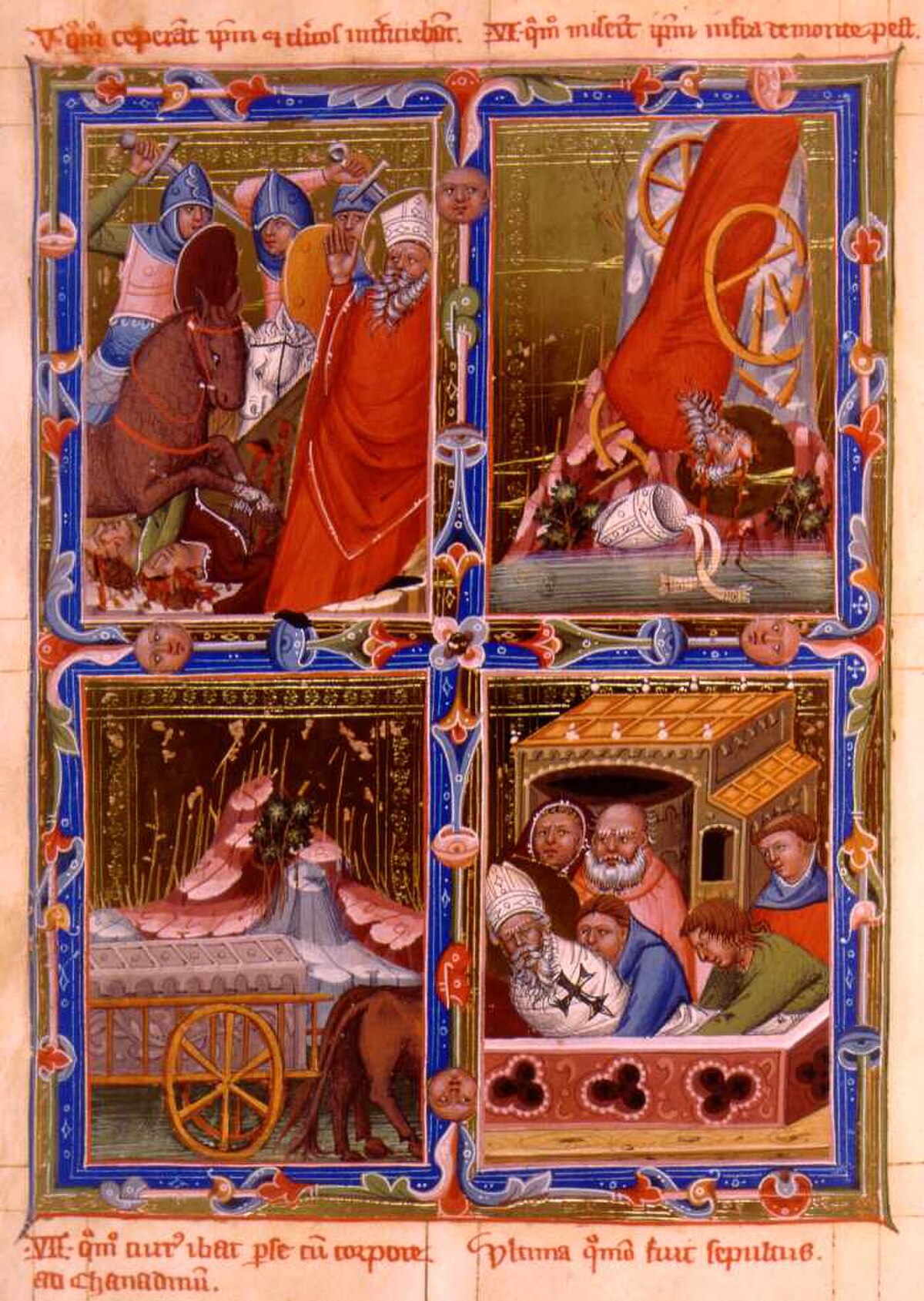
Vata pagan uprising
HungaryDuring this rebellion, a pagan noble named Vata (or Vatha) gained power over a group of rebels who wished to abolish Christian rule and revert to paganism. According to legend Vata shaved his head in the pagan fashion, leaving three braids remaining, and declared war on the Christians. A slaughter of priests and Christians by Vata's mob ensued.
King Peter is said to have fled towards Székesfehérvár, where he was killed by the rebellious townspeople, and András, as the oldest brother, pronounced himself king. As András and Levente's men moved towards Pest, the bishops Gerard, Besztrik, Buldi and Beneta gathered to greet them.
In Pest, on September 24, the bishops were attacked by Vata's mob, who began stoning the bishops. Buldi was stoned to death. As the pagans threw rocks at him, Gellért repeatedly made the sign of the cross, which further infuriated the pagans.
The Vatha uprising marked the last major attempt at stopping Christian rule in Hungary. While Andrew had received assistance from pagans in his rise to the throne, he had no plans to abolish Christianity in the kingdom. Once in power he distanced himself from Vatha and the pagans. However, they were not punished for their actions.
